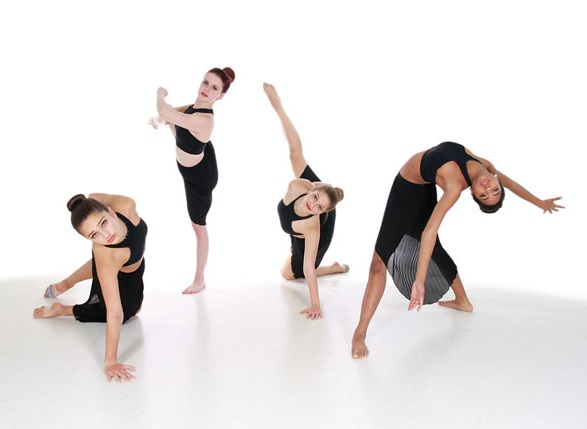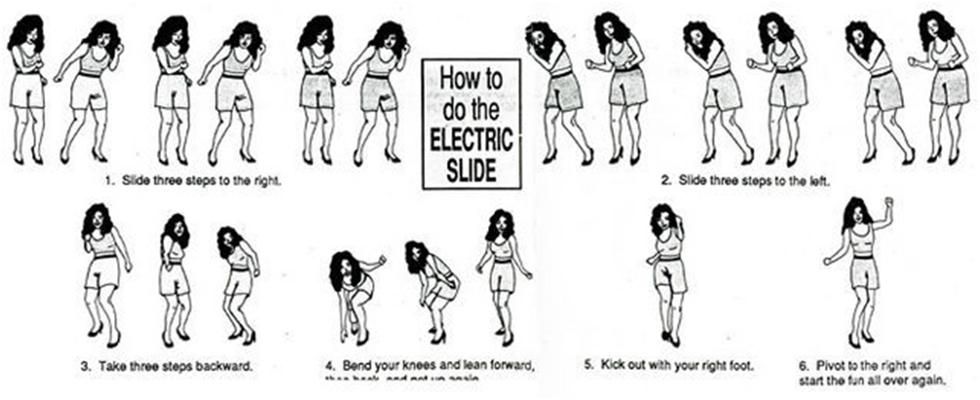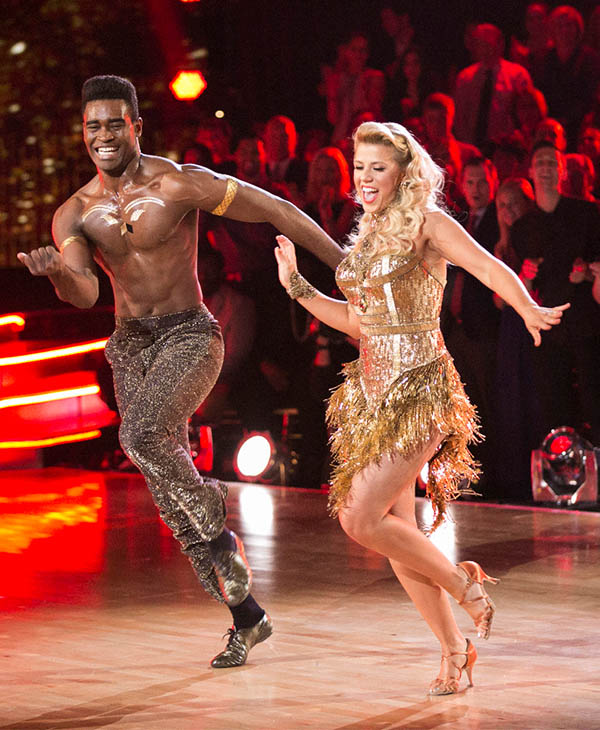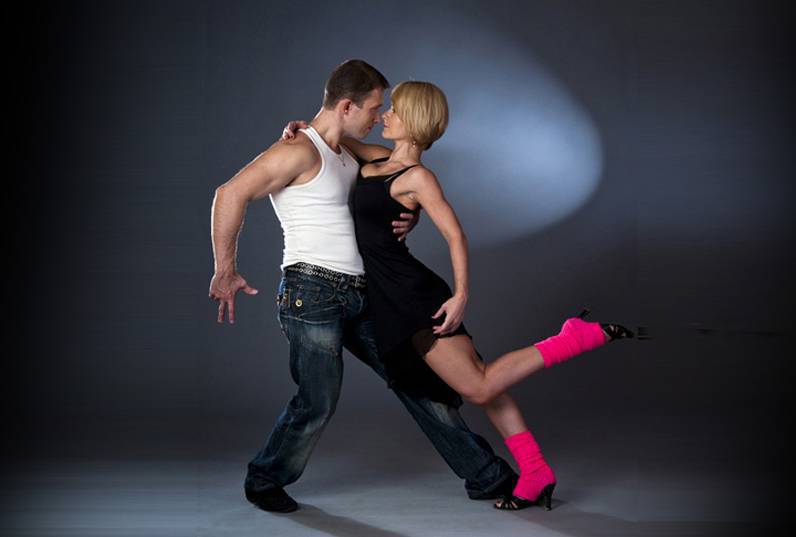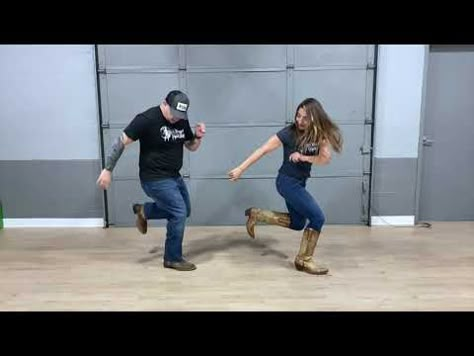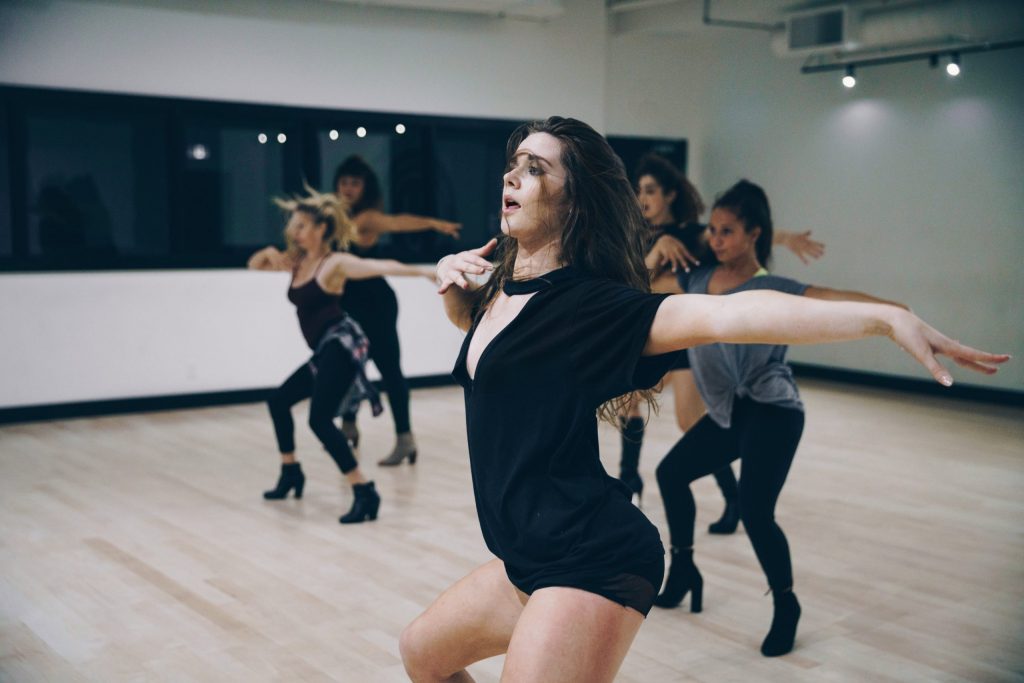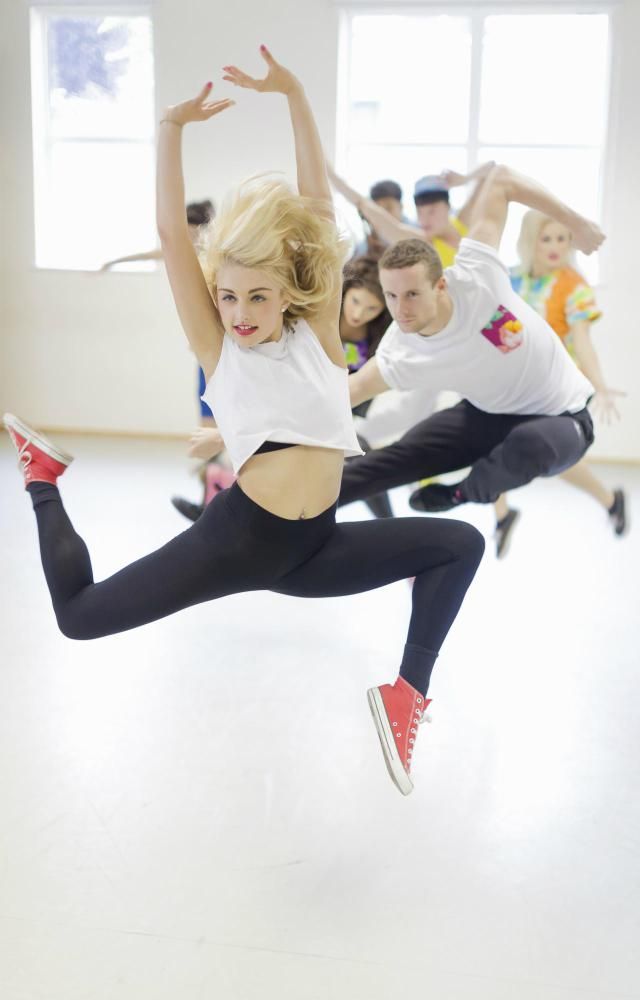How to improve coordination in dance
Flexibility and Coordination | 5 Exercises for Dancers
Flexibility and coordination are essential when training as a dancer, as these skills increase a dancer’s ability to perform more advanced routines and learn alternative dance styles. While many believe that both flexibility and coordination can only be achieved by training at a young age or by being born with natural talent, there are many stretches that can be done to improve your skills. With patience and a little bit of effort, flexibility and coordination can be increased at any age with a few simple exercises. Like any other skill, it just takes practice.
Stand On One Leg
While it sounds silly, standing on one leg for an extended period of time strengthens core muscles used for balance and coordination. Place one leg on your knee at a right angle, tighten your abs and focus on maintaining your balance. When steady balance can be achieved for several minutes, slowly bring your leg down to several inches above the floor and back again. By repeating this action, you’ll be exercising your muscle control, which will help to improve your dance coordination.
Sit on a Yoga Ball
Instead of lounging on the couch, take an hour or so out of your afternoon to watch television while sitting on a yoga ball. Or if you find yourself sitting for long periods in front of the computer, replace your desk chair with one. Sitting on a yoga ball not only strengthens core muscles but also encourages your body to keep perfect posture. You’ll get rock hard abs and improve your balance and coordination in no time if you complete one hour of this exercise a day.
Lunges
When done properly, lunges are a great way to strengthen muscles and increase flexibility. By striding forward with one leg, you work out that legs quadriceps while the other leg’s calf muscles and glutes are stretched by extension. If you find that one of your legs allows less flexibility than the other, doing extra lunges on that side will even it out.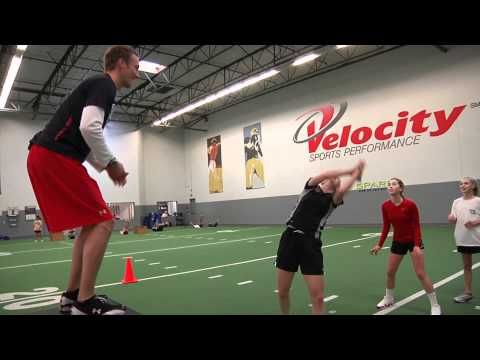
Splits
Gravity can be a great tool when used to increase flexibility. Instead of stretching in a split sitting on the floor, try lying on your back with your legs against the wall in a ninety-degree angle. By then opening your legs into a split, gravity will act as a weight, stretching your legs and increasing flexibility.
Weighted Bending
Using a medicine ball or dumbbell, bend forward touching the floor before bringing the weight back up over your head. This exercise can also be done by bending to either side with a dumbbell in hand until it reaches just above your knee. Weight bending is great for a full body stretch, offering strength and flexibility to all of your core muscles.
Simple stretches and strength training on a regular basis will not only increase flexibility and coordination but also better your dancing abilities. Any of these exercises can be done at home while watching television. Try some of them today!
3 Simple Strategies to Improve Your Coordination » Dance With Brandee
Recently, I’ve been thinking about the fastest and easiest ways to help my dance students improve coordination.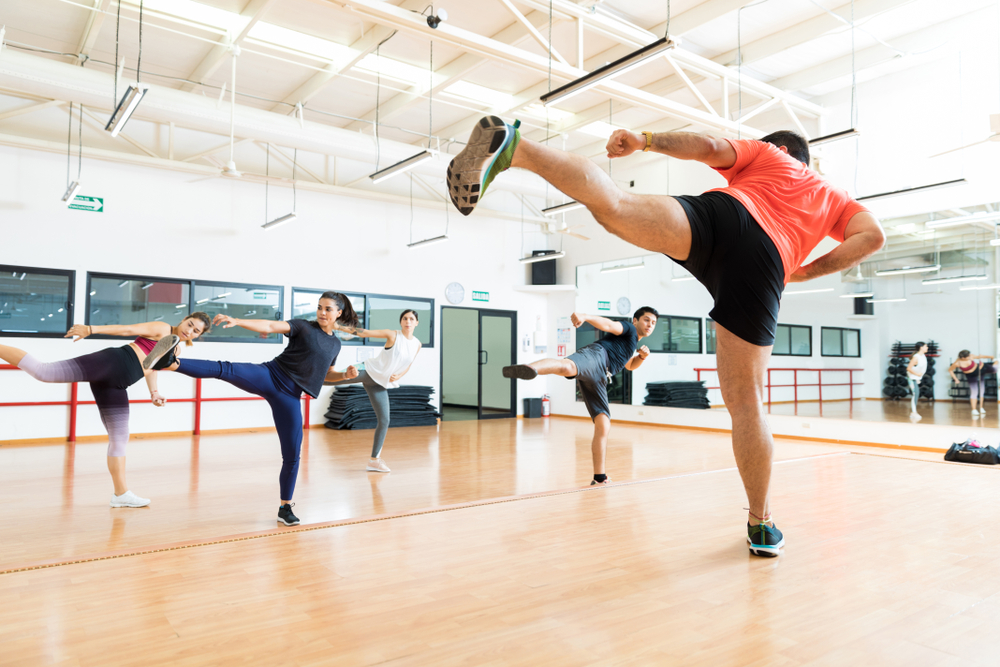 Here are my tips for better coordination in dancing and in life!
Here are my tips for better coordination in dancing and in life!
What is Coordination?
The dictionary defines coordination as “to place in proper order, position or relationship.” In movement, this means the ability to organize yourself to perform an action smoothly and efficiently.
Many people feel they’re inherently uncoordinated, as if the Coordination Fairy skipped them at birth. But the truth is people aren’t born with good coordination. Coordination is a learned, practiced skill that begins with active effort. This means anyone, at any age, can improve coordination.
Never fear—everyone, at any age, can learn to be more coordinated!Anyone who’s been around babies has witnessed how much frustration they experience as they learn to roll, reach, grasp, crawl and walk. It’s only after lots of experimenting and many failures that smooth coordination starts to develop. Eventually this becomes a reliable, automatic ability. Really complex actions like walking, driving, or even flipping a pancake seem so effortless now that we forget how awkward and uncoordinated we were when we first did them.
So if you think you’re clumsy, graceless or have two left feet, don’t write off your coordination potential. Coordination is a skill that can be improved whatever your age!
Why Does Coordination Matter?
While you can get by in modern life with a mediocre level of coordination, there are numerous benefits to actively developing your coordination.
Coordination benefits you mentally, not just physicallyObviously, improving your coordination makes moving easier and more enjoyable, and increases your balance. Moving more harmoniously also reduces wear and tear on your joints and tissues, helping reduce tension and pain.
But improving coordination is good for more than just your body. Better coordination increases self-confidence and allows you to pick up new skills faster and easier. And numerous studies have shown that learning new combinations of movements improves cognition, attention, memory and social communication. Coordination training is brain training!
3 Easy Ways to Improve Your Coordination
Good coordination can be broken down into three key elements: timing, orientation and manipulation.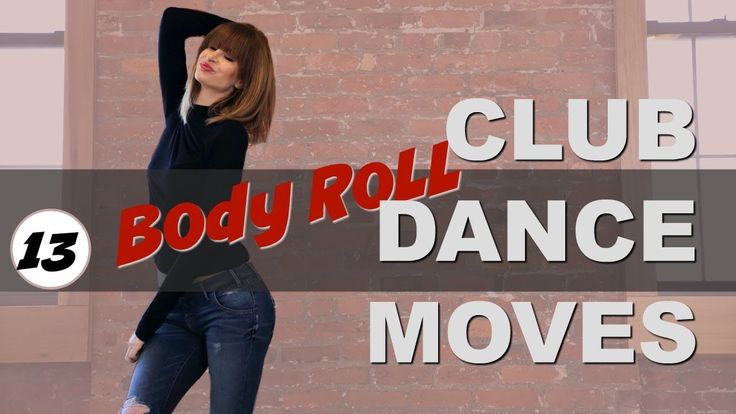 Timing includes the sequence and speed of your movements. Orientation includes knowing where you are in space and maintaining your equilibrium. Manipulation means organizing the appropriate parts of yourself to move with the right amount of effort for precision and/or power. These three elements come into play whenever you learn a new movement.
Timing includes the sequence and speed of your movements. Orientation includes knowing where you are in space and maintaining your equilibrium. Manipulation means organizing the appropriate parts of yourself to move with the right amount of effort for precision and/or power. These three elements come into play whenever you learn a new movement.
As adults, when we don’t immediately “get” something new, our impulse is usually to try harder, go faster and hold our breath. This reaction only impedes our learning and coordination.
Instead, here are 3 simple strategies to help you improve coordination and be more coordinated in everything you do:
Coordination Tip #1: Slow It Down
The secret to learning faster: Go slower!As adults we forget that learning is inherently challenging. The learning process can be slow, involves a lot of trial and error (including failure), and usually evokes a mix of frustration and enjoyment. So when you do a new movement or activity, be patient and give yourself ample time to get the hang of it.
Then actually slow the movement down (think The Matrix). Paying attention to details and differences is how you and your nervous system learn. When you move quickly there’s no time to feel or track the details.
So for a couple minutes (or more), do the movement very S-L-O-W-L-Y (perhaps 10% of its normal speed). Then notice what and how you’re doing the movement. Observe where it’s smooth and where it isn’t. Are there parts you skip over? Are you using more muscular effort than necessary or unintentionally doing something that interferes with the movement (like tightening your jaw or throwing yourself off balance)?
After doing the movement slowly several times, being curious about the details, pause and let it all go. Then return to doing the movement at regular speed and see if you’re a bit more coordinated.
Coordination Tip #2: Do One Part at a Time
This way to improve coordination seems obvious but is often overlooked: Break the movement into pieces and practice one piece at a time.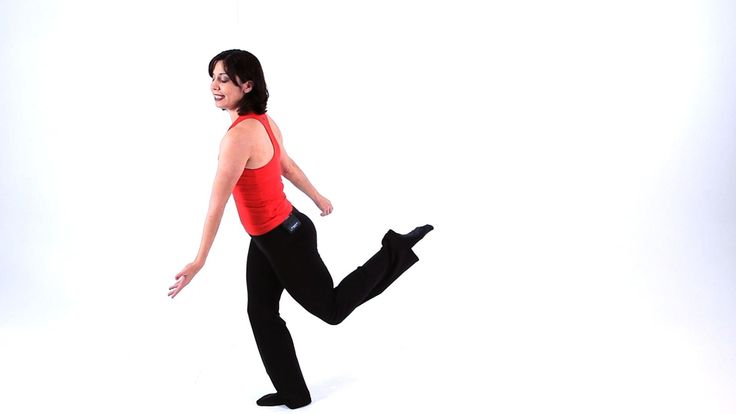
For example, movements in dance and sports usually involve doing something with your arms and with your feet. In this case, first do just the arm movements several times. Keep your feet still or just shuffle through letting your feet do whatever they want; just focus on your arms. Next, practice moving your feet and legs, letting your arms rest. Then, once you’re able to do each part smoothly on it’s own, combine the two pieces into one organic movement.
It’s amazing how much faster you can learn a complex movement when you break it into pieces instead of trying to do it all at once.
Coordination Tip #3: Visualize the Movement
The final tip to improve coordination is to create a clear picture of the movement in your mind’s eye, your imagination and/or your kinesthetic sense. You can do this mentally without actually moving, or you can visualize/feel the whole movement as you do it slowly.
Research shows visualizing can improve your movement and dancingPay particular attention to where the movement starts, the direction and path of your hand, head, pelvis or other part through space, the changes in your shape, and the sequence of the movement.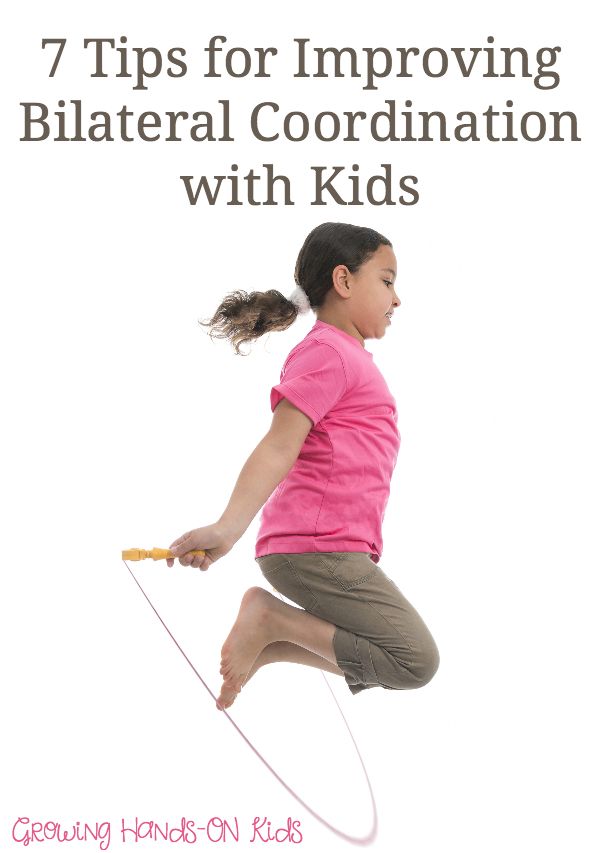
A great trick to improve the ease and fluidity of the movement in actuality is to clarifying the image of what you want. Plus, in your imagination you can do anything you want to. So go ahead and make it as smooth, graceful and big as you’d like!
To Sum Up…
The fastest, easiest way to improve your skill and coordination is to take a few minutes (or even 30 seconds) to do a movement slowly with awareness, doing just one piece at a time, and really developing a clear picture. I invite you to try it today with any action you wish to do with a little more grace and ease, be that chopping vegetables, tying your shoes, throwing a ball, learning a piece of music or doing a new dance step.
Coordination in choreography. How to improve it
Standard - by admin - 05/25/2020 - No Comments
Association Choreographic Studio Rosinka
Groups: Fundamentals of Choreographic Art 2nd year of study; "Fundamentals of choreographic art" 4th year of study; "Fundamentals of choreographic art" 7th year of study; "Dance workshop" 2nd year of study
Topic: Coordination in choreography.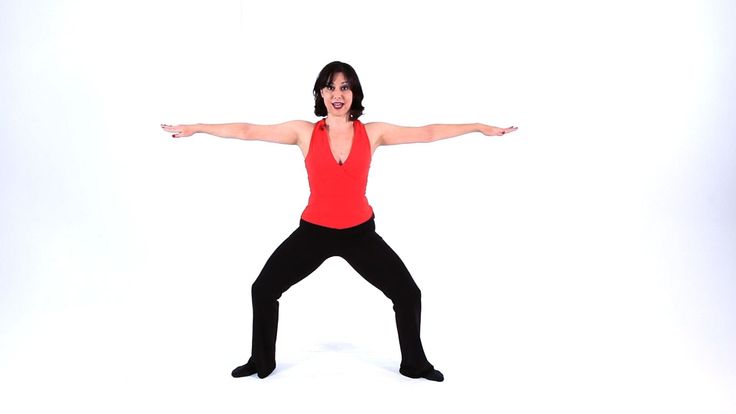 How to improve it.
How to improve it.
Do you remember dance combinations and combinations badly? Your goal is to increase the coordination of actions of all parts of the body, different muscle groups. It is from this skill, whose name is coordination, that it depends on how much you manage not to get confused in your arms and legs when learning dance steps. Coordination. This word of Latin origin means unification, coherence, ordering. When they talk about coordination of movements, they mean precisely the consistency in the work of muscles of different groups. Why is this consistency needed? It gives accuracy, proportionality, the ability to correctly dose the force, direction, speed and distance of movements. It's easy to develop coordination: one more time, one more time, one more time! The more you repeat, the stronger your muscle memory. Coordination exercises will not be superfluous. A suitable option can be found in any physical activity, for example:
- Walk around the room: walking with your left foot, bend your right arm and vice versa.
– Move your left hand in a circular motion while lifting your right hand up and down. Change hands.
Treat the exercises like a game - you will see, it will be fun! But do not forget about "again, again and again"!
Task 1. Use the video to do coordination exercises.
Task 2. Using the video, independently analyze and perform exercises and links for coordination in modern dance.
Task 3.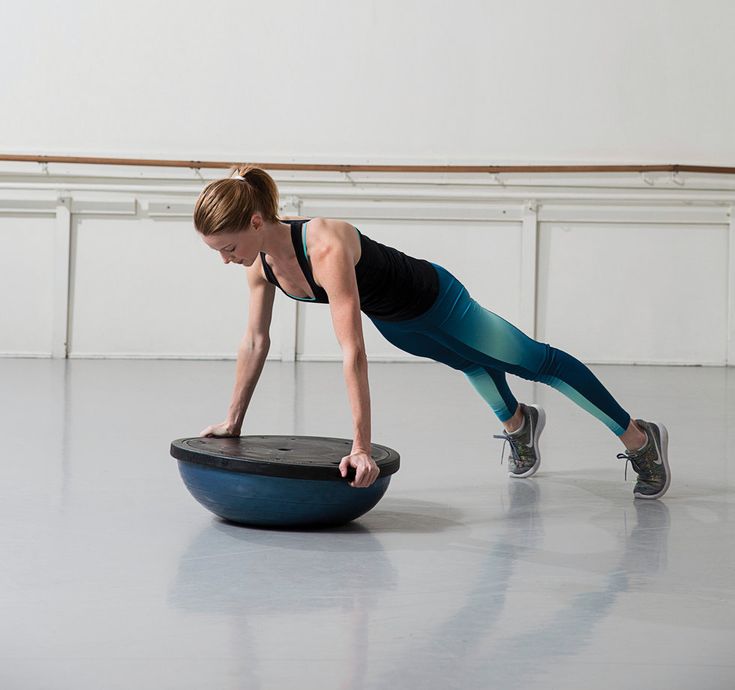 Independently disassemble and study the combination for coordination shown in the video.
Independently disassemble and study the combination for coordination shown in the video.
#tstrigosuvorov #territory of creativity #better at home #stayhome #stayhome #distance learning
Why does a dancer need coordination and how to improve it
Do you remember variations badly? Your goal is to increase the coordination of actions of all parts of the body, different muscle groups. It is from this skill, whose name is coordination, that it depends on how much you manage not to get confused in the arms and legs and the numerous tasks of the coach that you need to perform - oh horror! - simultaneously.
In a group lesson, someone grabs the chords on the fly, but you can't remember either the fifth or the tenth time? You seem to be having coordination difficulties. This word of Latin origin means ‘union, coherence, ordering’. When they talk about coordination of movements, they mean precisely the consistency in the work of muscles of different groups. Why is this consistency needed? It gives accuracy, proportionality, the ability to correctly dose the force, direction, speed and distance of movements.
This word of Latin origin means ‘union, coherence, ordering’. When they talk about coordination of movements, they mean precisely the consistency in the work of muscles of different groups. Why is this consistency needed? It gives accuracy, proportionality, the ability to correctly dose the force, direction, speed and distance of movements.
Coordination begins to develop from the first months of life - when the baby tries to reach his forehead with his foot or roll over from his back to his stomach. Therefore, it is not surprising that those who played sports or dance in preschool or school years will cope better with variations in your ballroom - their muscle and motor memory is better trained. But what about the rest? Is it sad to repeat that “it’s not given” and “it won’t work”? No matter how! “It is not given” to develop coordination only for those who are hindered by diseases, for example, injuries or tumors of the cerebellum, the consequences of a stroke. If you still think that you have objective reasons to "slip with variation", take these simple tests right now:
- Place a chair 3 meters from the wall, with the seat against the wall.
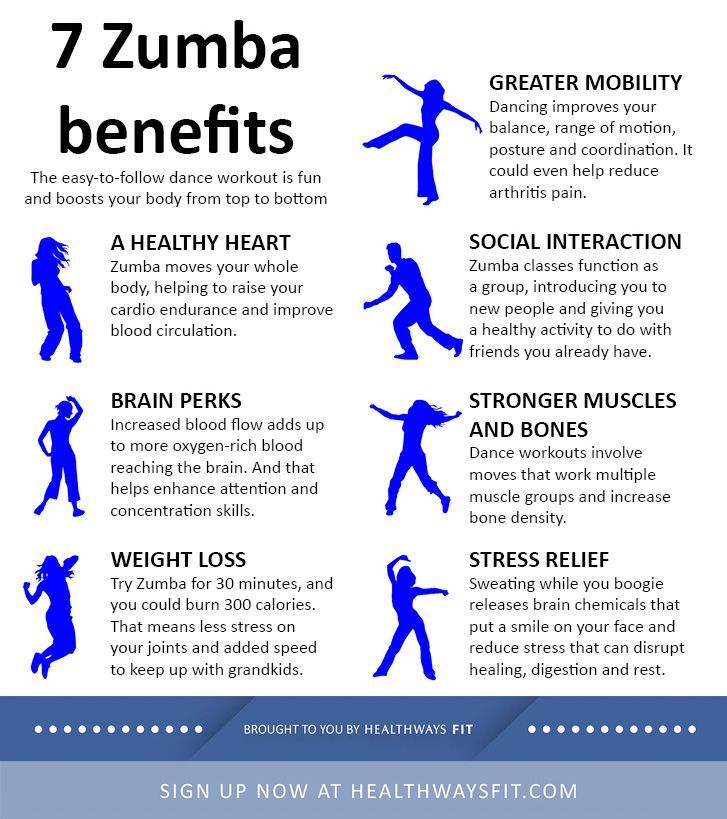 Sit on it, close your eyes. Without opening your eyes, get up, stand, walk to the wall without touching it, turn around, walk to the chair, turn around and sit straight on the chair.
Sit on it, close your eyes. Without opening your eyes, get up, stand, walk to the wall without touching it, turn around, walk to the chair, turn around and sit straight on the chair. - Lie on the floor, close your eyes and touch your left heel to your right knee, and then vice versa.
- Well, the simplest test is the well-known Romberg test: stand up, close your eyes, stretch your arms forward and touch your nose with your index fingers.
If you did it, then nothing but laziness prevents you from developing your coordination, don't look for excuses! Your path is simple: one more time, one more time, one more time! The more you repeat, the stronger your muscle memory.
Well, coordination exercises will not be superfluous. A suitable option can be found in any physical activity, for example:
- Walk around the room: stepping with your left foot, bend your right arm and vice versa.
- Move your left hand in a circular motion while lifting your right hand up and down.
